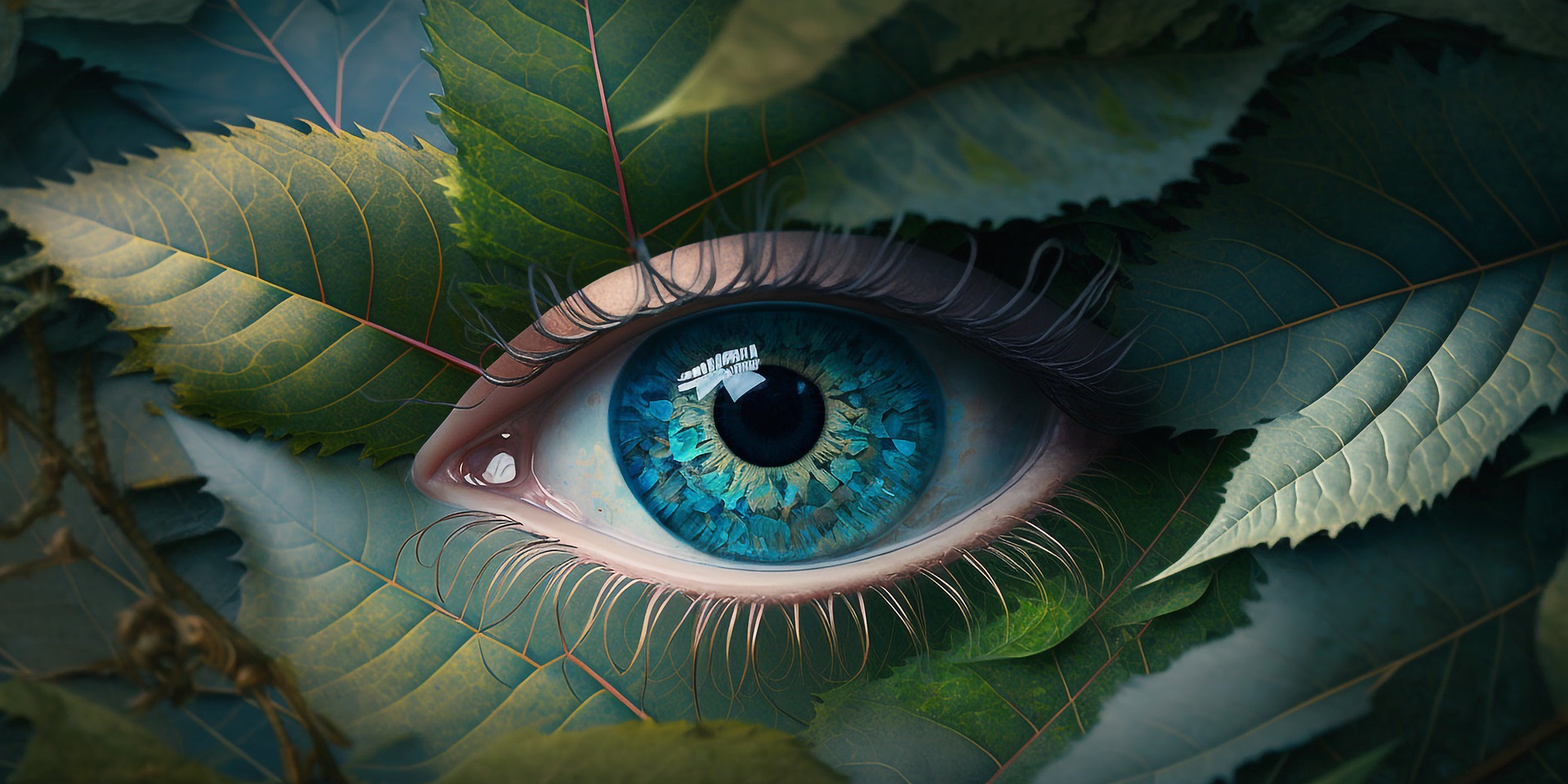January 24, 2023
Unlocking the Potential of Generative AI in the Creative World
Book a Demo
Generative AI has been gaining more attention in recent years, with platforms such as Dall-E 2 and ChatGPT leading the way in creating images and text respectively. These platforms have also sparked the emergence of many other competitors like Mid journey and Stable Diffusion.
However, it’s important to understand that generative AI differs from traditional AI. Traditional AI is able to process and classify large amounts of data, which then allows it to make decisions based on that data. Generative AI, on the other hand, is able to process and classify data, but then use that knowledge to create new data entirely from scratch.
As with any new technology, there are both supporters and critics of generative AI. In the creative industry, there is concern about how it may impact job opportunities. Although generative AI presents risks, it can also be a powerful tool for creatives.
One of the main concerns with generative AI is the potential for deepfakes, which are images, videos, text, or voiceovers that appear real but are actually fake. Deepfakes can be used for malicious or misleading purposes, such as creating fake news or revenge pornography.
Another concern is that generative AI may reinforce societal biases present in the data it is trained on. Additionally, there are questions about the adequacy of copyright laws and whether commercial companies can use publicly available artists’ work in training models without licensing it for commercial use.
Despite these concerns, generative AI has the potential to improve the creative process and provide inspiration for creatives. It can also be used for research and to assist with certain tasks such as writing emails, blog posts, and legal contracts. As technology continues to develop, it will become increasingly important for those in the creative industry to familiarize themselves with it and find ways to utilize its potential.



